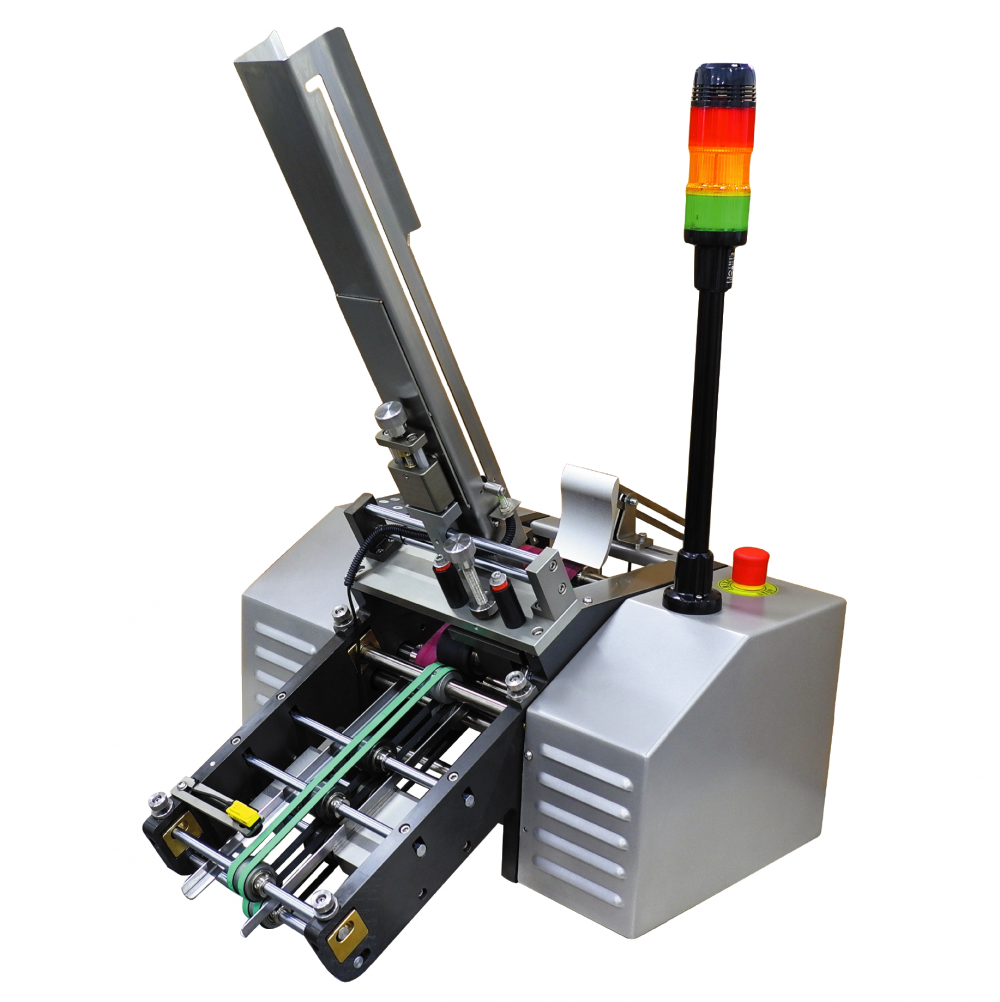How to Choose Conveyor System?
September 08, 2023
When choosing a Conveyor System, several factors should be considered to ensure that it aligns with the specific needs and requirements of the application. Here are some key considerations to keep in mind:
1. Type of Material: Consider the characteristics of the material being transported, such as its size, shape, weight, fragility, and temperature sensitivity. This will determine the type of conveyor system that is most suitable, such as belt conveyors for bulk materials, roller conveyors for heavy items, or screw conveyors for loose or granular materials.
2. Throughput and Capacity: Determine the required throughput or production rate of the conveyor system. This will help determine the speed and capacity needed to handle the desired volume of material within a given time frame. Consider factors such as conveyor width, length, and load capacity to ensure it can handle the anticipated material flow.
Conveyor Equipment Display
3. Environment and Conditions: Evaluate the operating environment and conditions in which the conveyor system will be installed. Consider factors such as temperature, humidity, dust, corrosive substances, or any other environmental factors that could impact the performance and durability of the system. Select materials and features that are suitable for the specific working conditions.
4. Layout and Space Constraints: Assess the available space and layout of the facility to determine the most suitable conveyor system configuration. Consider factors such as conveyor length, incline or decline angles, turning radius, and the integration of curves or intersections to optimize material flow and minimize space utilization.
5. Safety and Regulatory Requirements: Ensure that the chosen conveyor system complies with safety standards and regulations to protect workers and comply with industry guidelines. Consider safety features such as emergency stops, guarding, safety interlocks, and ergonomic considerations for operators.
6. Maintenance and Operations: Consider the ease of maintenance and accessibility of the conveyor system components. Choose a system that is easy to clean, inspect, and repair, with readily available spare parts and servicing support. Consider user-friendly features such as automated monitoring systems, easy-to-use controls, and compatibility with other automation technologies.
7. Integration with Existing Equipment: If the conveyor system is being integrated into an existing production line or facility, consider its compatibility with the existing equipment, such as sorting systems, packaging equipment, or robotic systems. Ensure that the conveyor system can be seamlessly integrated into the overall production process.
8. Cost and Return on Investment: Evaluate the initial investment cost, ongoing maintenance expenses, and the potential return on investment. Consider not only the purchase price of the conveyor system but also the long-term operational costs, energy efficiency, and expected lifespan of the system.
By considering these factors, you can select a Conveyor system that is well-suited to your specific application, ensuring optimal performance, efficiency, and safety. It is advisable to consult with an experienced conveyor system provider or engineering consultant for guidance and expertise in selecting the most appropriate system for your needs.



